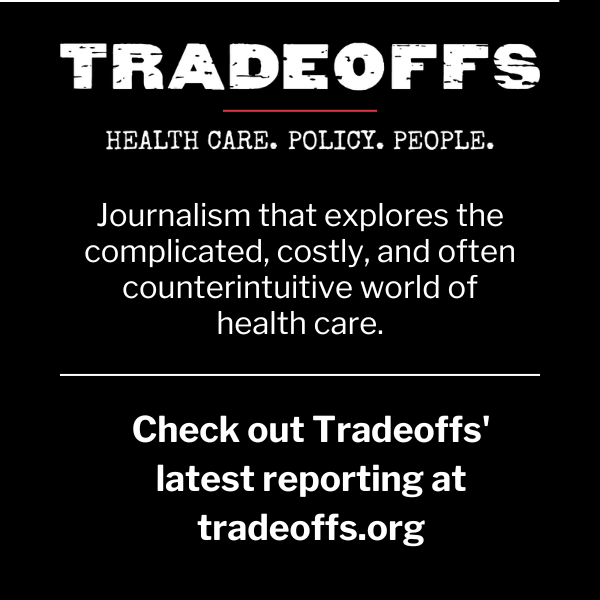The Conference on Retroviruses and Opportunistic Infections (CROI) is happening in Denver this week, offering plentiful opportunities for story ideas. Many health reporters only think of conferences as providing breaking news about single studies, but they can also be great fodder for second- and third-day stories, as well as feature stories.
I’m fortunate to be in Denver reporting on-site where I have the unique opportunity to talk to researchers and overhear or engage in conversations that can lead to unexpected story ideas.
But even if you aren’t able to join in person, you can attend virtually or register as media remotely for access to the conference program guide and abstract summaries, which are only available to registered attendees or media.
Below, I discuss how some of the research being presented at CROI might translate into stories.
Writing about multiple studies
Second- and third-day stories (which can often remain relevant up to a week later, depending on the topic) work well when they pull in more context about a particular disease or treatment.
Instead of reporting on a single study, look for trends in the conference abstracts and pull together three or four studies that provide a broader picture of an emerging or evolving issue, whether it’s a new treatment, a new challenge for a particular condition, or new observations about comorbidities or other disease complications.
For example, drug-resistant tuberculosis has been a growing global problem, affecting an estimated half-million people every year, according to the World Health Organization. (Access the WHO’s global TB reports here.)
Multiple studies being presented at CROI are assessing different antibiotic combinations and related treatments. A story might pull together some of the more promising combinations and compare them to one another and what’s currently being used.
Expanding on a single study
Another approach for reporting beyond the basic single-study story is to pick a single study, but look back at what the research has shown over the past few years and talk to multiple outside sources about where it appears to be going. Dig deeper into questions about cost, access, geographical availability, insurance obstacles or other possible issues that could be relevant for a new therapy.
One session at CROI, for example, looks at the use of semaglutide (Ozempic/Wegovy) to treat fatty liver disease in people with HIV. This makes sense given the recent positive phase two findings on semaglutide to treat nonalcoholic fatty liver disease.
However, given the existing problems with access to GLP-1 agonists like semaglutide — high costs, drug shortages from lagging manufacturing, and lack of insurance coverage for them — how much more difficult might it be for people with HIV to get access to these drugs? A story could explore that bigger picture simply using the study as a jumping off point.
Feature story ideas
Feature stories could grow out of any of the ideas above, but they can also be an opportunity to follow a particular topic for longer or to find individual patients living with a condition or in a trial for an investigative agent and explore how it’s impacting their lives directly — something rarely captured in single-study story conference coverage.
For example, one session of oral abstracts at CROI is titled “Game Changers in Prevention of HIV and STIs.” It includes sessions on pre-exposure prophylaxis (PrEP) and post-exposure prophylaxis (PEP), both of which have been available for years but remain under-utilized and have attached stigma.
A feature story could look at the bigger picture with growing rates of STIs in certain populations, what’s being done to prevent and treat STIs in those populations, and how effective it is. Are there any innovative programs that are working?
For example, I wrote a story last year about a program led by hair stylists that aimed to increase education and reduce stigma surrounding PrEP use among Black women, a demographic whose HIV infection rates are rising. That story came from the Association of Nurses in AIDS Care conference.
If I had wanted to extend it further, a fascinating feature story could involve visiting salons where this program was used and talking with stylists going through the training and the women watching the videos.
Similarly, one of the oral abstracts at CROI reports on findings from a nurse-led strategy for improving blood pressure and cholesterol in people with HIV. A feature story could look at the wealth of innovative programs nurses are creating, leading and researching in HIV prevention and care.
Even if you cannot register for the CROI conference remotely, simply looking at the publicly available program reveals the names of researchers, physicians and nurses who are speaking at the event. These can be a great place to get sources for future stories or to learn about the research focus areas of individual presenters.
If you find a topic that interests you, reach out to the presenter and find out if there’s a story waiting to be told.









